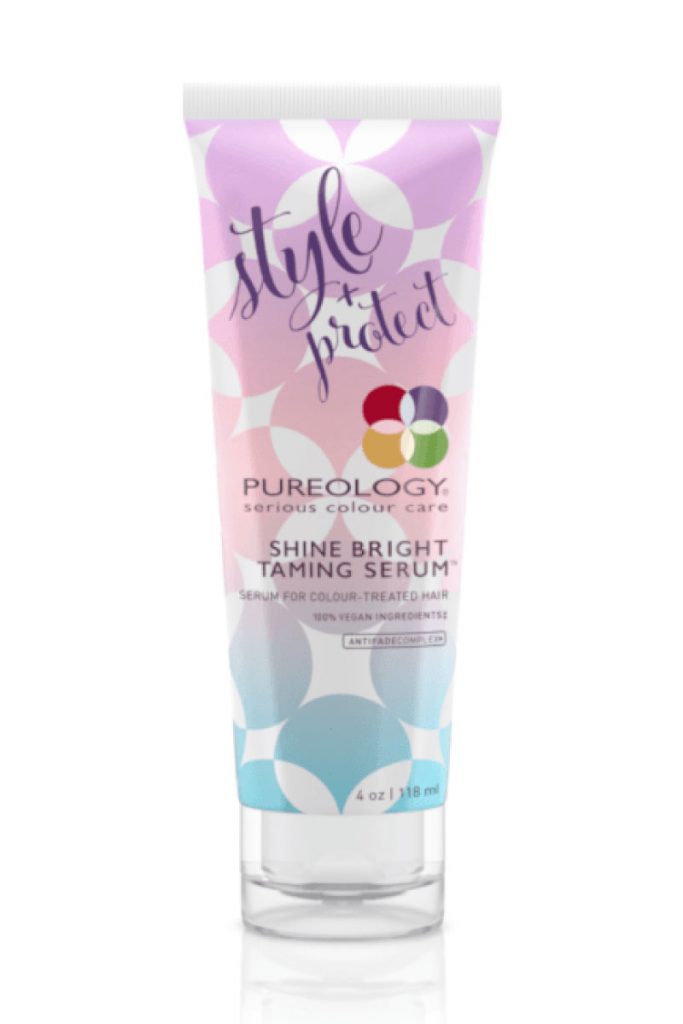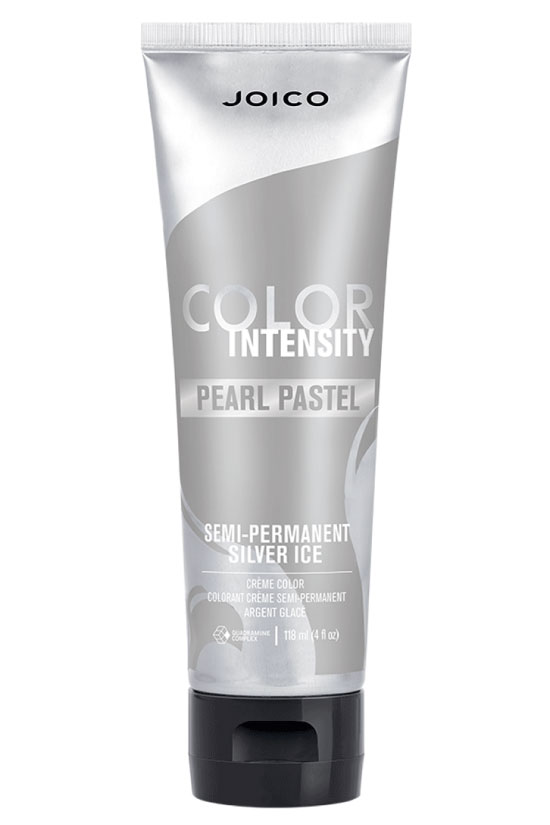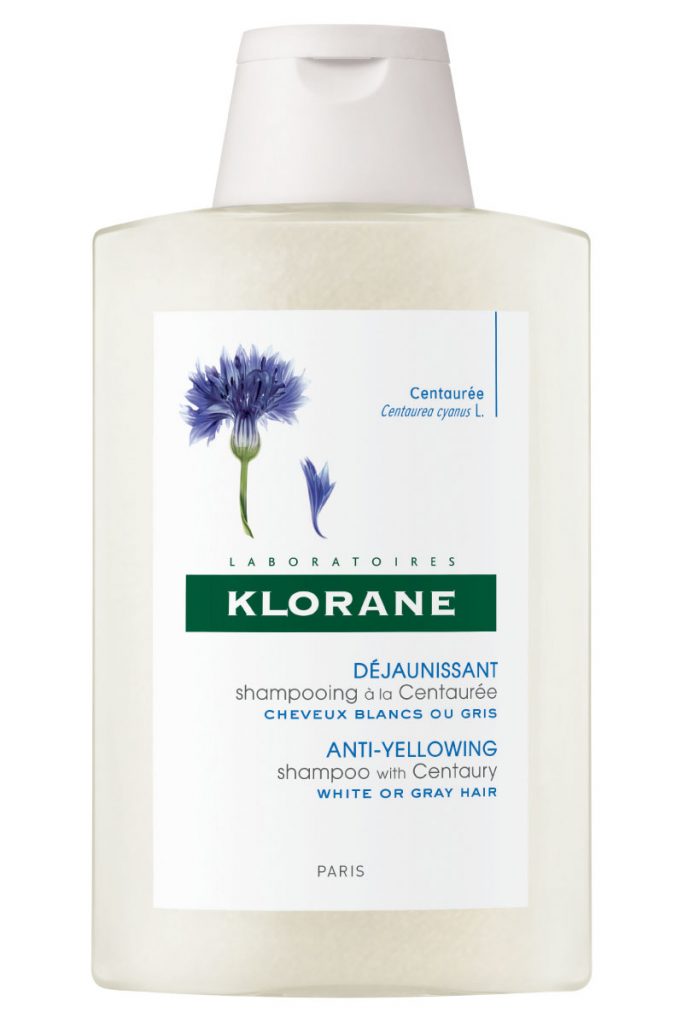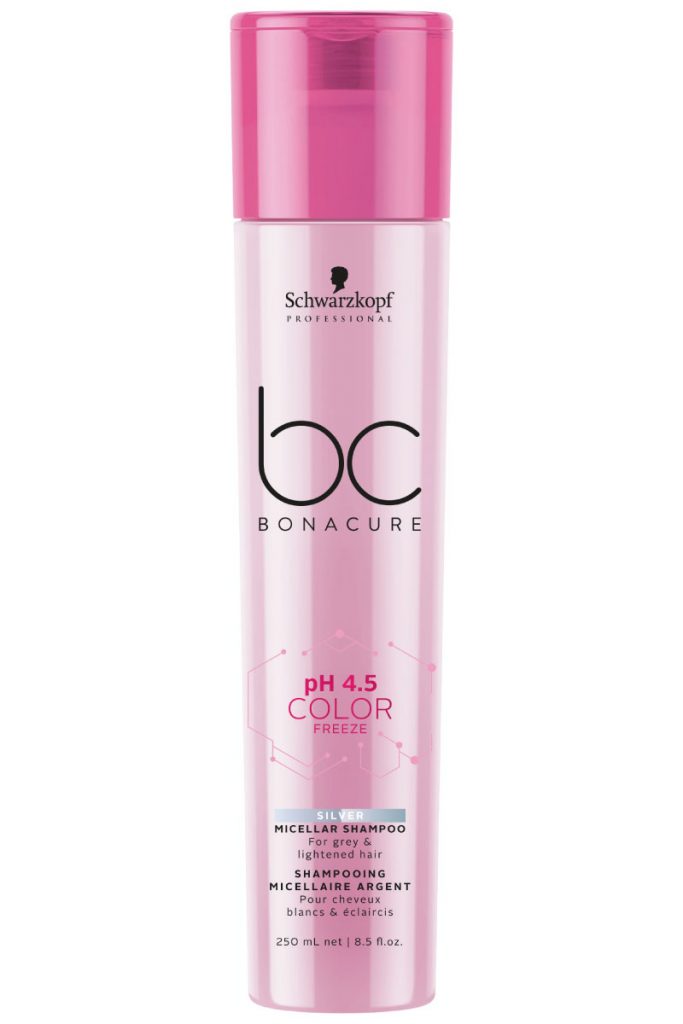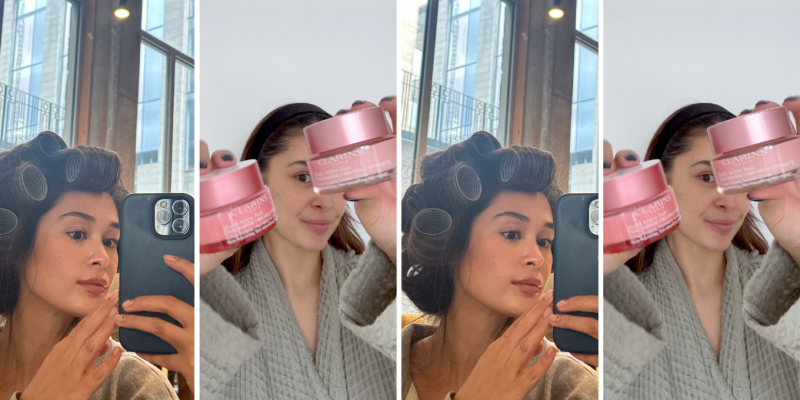Hair
Everything You Need to Know About Grey Hair
Whether you want to cover your greys or transition to entirely grey hair, here's what you need to know.
by : Victoria DiPlacido- Feb 11th, 2020

Imaxtree
I spotted the first grey hair on my head while I was getting ready for my 25th birthday party. HBD to me! Five years later, I’m hardly salt-and-pepper, but there are an ever-increasing number of greys around my hairline. They don’t bother me enough to do anything drastic, but during a recent colour appointment (my twice-ish yearly balayage), I asked hairstylist David Nadicci, owner of We Are We Are hair studio in Toronto, what my options were should I change my mind.
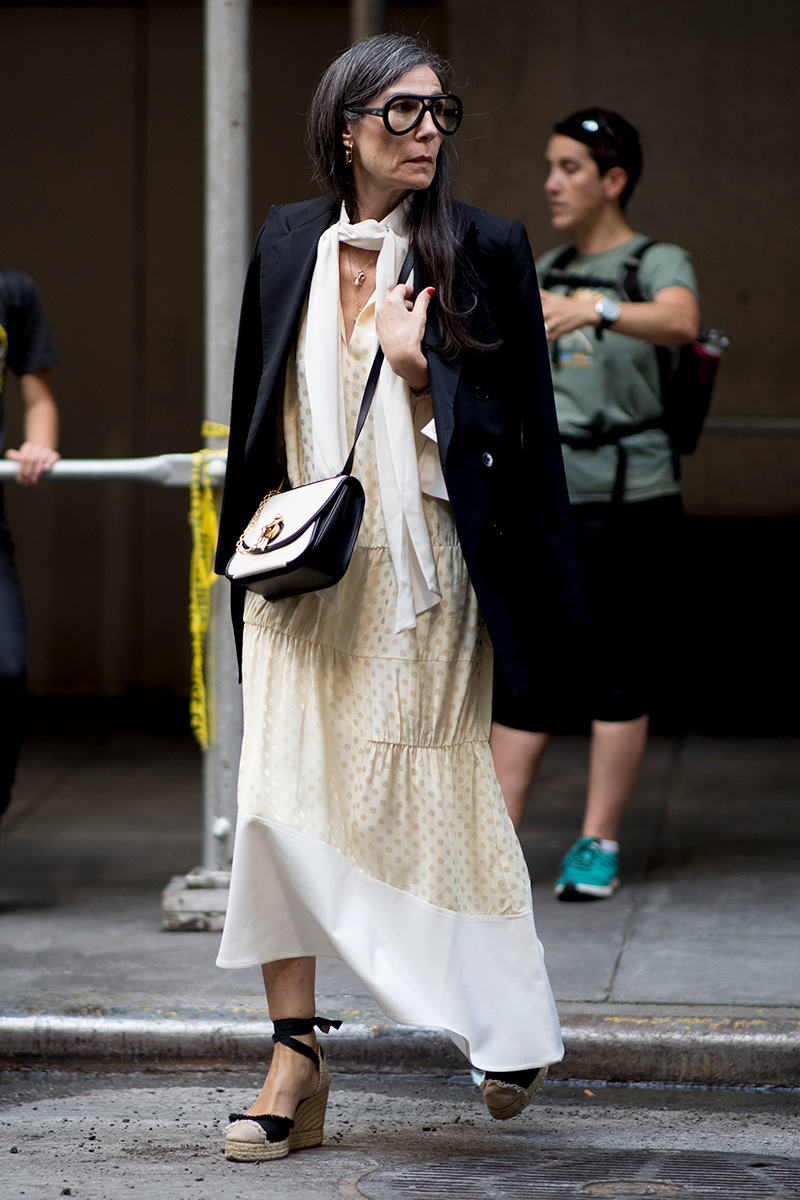
Imaxtree
When do most people first come to you concerned about grey hair?
In my experience, grey hair doesn’t discriminate. I see women as young as 24 with greys, but also women in their 40’s that are just starting to see the first couple. Due to the fact that greys start to come in around the front of the hairline, clients usually ask about their colour options as soon as they start to see the first one.
If someone only has a few grey hairs they’d like to disguise, how should they handle it?
Normally, I wouldn’t recommend rushing to cover less than 20 percent grey. If a client is adamant about colouring their hair, I usually spot treat the affected areas with a demi-permanent colour. Demi-permanent is a stain technology that will help blend the grey hairs. It’s not a permanent solution, but it fades out naturally, which is an easy, low-maintenance way to begin the colour process.
What if they are about half grey?
After consulting with the client, we would determine the best route to take based on their lifestyle. For example, if the rest of their hair is in the lighter colour range (light brown to blonde) I would suggest adding highlights to help blend the greys. If they are in the darker shades and they want to cover the greys entirely, the only option is to use permanent hair colour. I always try to do everything I can before switching to permanent colour because once you switch, it’s a lot more maintenance and you’ll have a more noticeable demarcation line as your hair grows out between appointments.
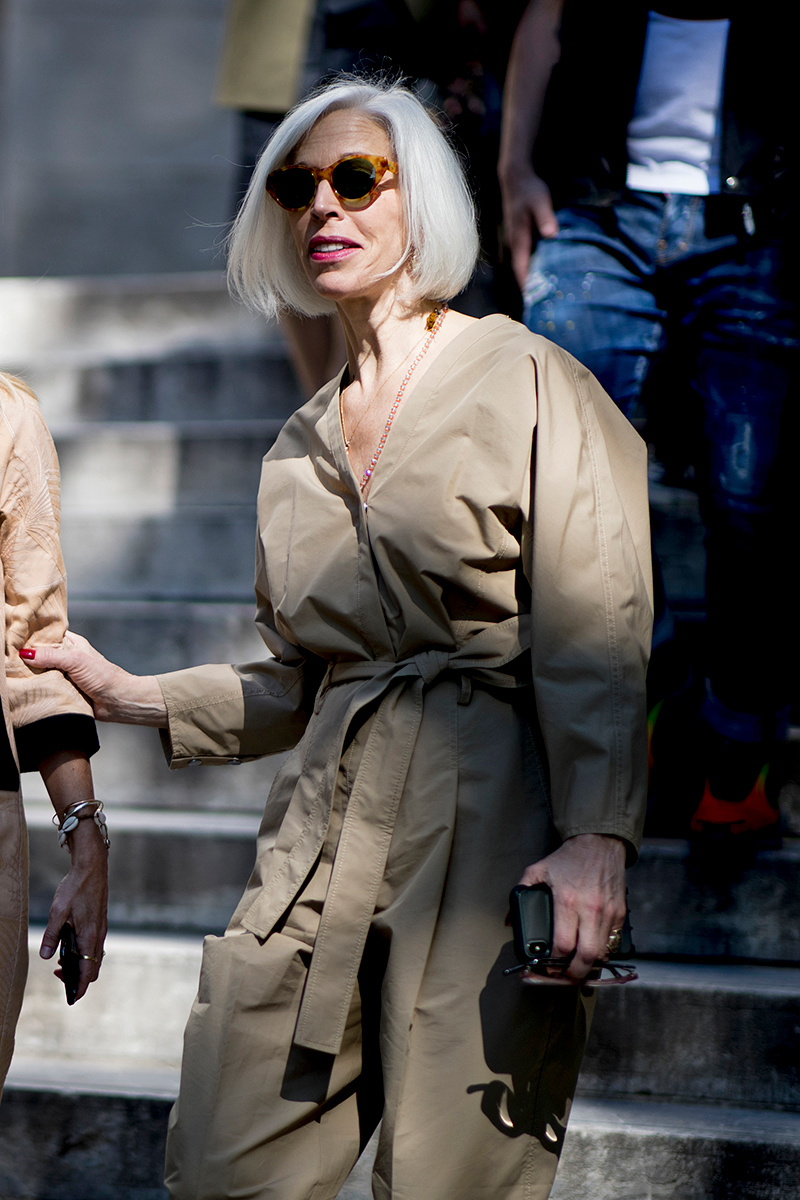
Imaxtree
If you want to transition to fully grey, what’s the best way to do it?
In the last year, I’ve seen more women opt to grow out and embrace their greys than ever before. It really differs greatly from client to client depending on their colour history. The journey back to natural will always differ for blondes and brunettes. If a blonde has been doing highlights or balayage, I would continue this process and give their blonde more of a grey tone to match the grey/silver tones growing in. Brunettes in the darker shades are limited with their options. First, I evaluate the amount of colour build-up, the condition of their hair and if the transition to grey will be a colour-corrective process. Depending on the length of the haircut, it can take over a year to correctively remove colour. The easiest option is to cut your hair shorter – it will get rid of the coloured hair faster.
Is it a bad idea to pull out grey hairs?
Yes, it’s absolutely a bad idea. Not because of the old myth that if you pull out a grey, two will grow back in it’s place – that’s not a thing. It’s because grey hair is a coarser texture, so when it grows back it will be extremely noticeable and harder to control.

Imaxtree
Due to the coarser texture of grey hair, it can stick out among fine-to-medium hair. Do you recommend any styling products or styling techniques to blend them in?
Dealing with the coarser textures of greys can be difficult. Spot colouring the greys is a great way to soften the hair; the demi-permanent dye has a small amount of peroxide, which helps to soften. Also, you can get a little more creative with your blowouts. I would recommend using L’Oréal Professionnel Liss Control and/or the Shine Bright Taming Serum from Pureology, both of these will soften the hair cuticle and help tame the greys when heat styling.
Best Styling Products For Grey Hair:
L’Oréal Professionnel Tecni Art Liss Control + ($32)
Pureology Style + Protect Shine Bright Taming Serum ($12)
Joico K-PAK Color Intensity Silver Ice ($13.50)
Klorane Anti-Yellowing Shampoo with Centaury ($13)
L’Oréal Professionnel Serie Expert Silver Shampoo ($31)
Redken Graydiant Conditioner ($30)
AG Sterling Silver Shampoo ($48)
Schwarzkopf Professiona
Kérastase Cicaplasme Hair Serum ($50)
René Furterer Okara Silver Toning Conditioner ($44)
Newsletter
Join our mailing list for the latest and biggest in fashion trends, beauty, culture and celebrity.
Read Next

Fashion
This Canadian Swimwear Brand Designed Canada’s 2024 Women’s Olympic Beach Volleyball Team Uniforms
And they're *so* good.
by : Allie Turner- Apr 24th, 2024
Fashion
The Most Iconic Looks In Met Gala History, From 1973 To Now
40 years of the night that's all about trailblazing fashion.
by : ELLE Australia- Apr 24th, 2024

Culture
This University Elevates Women to New Professional Heights
You shouldn’t have to pause your life to move forward in your career.
by : ELLE Canada- Apr 16th, 2024


